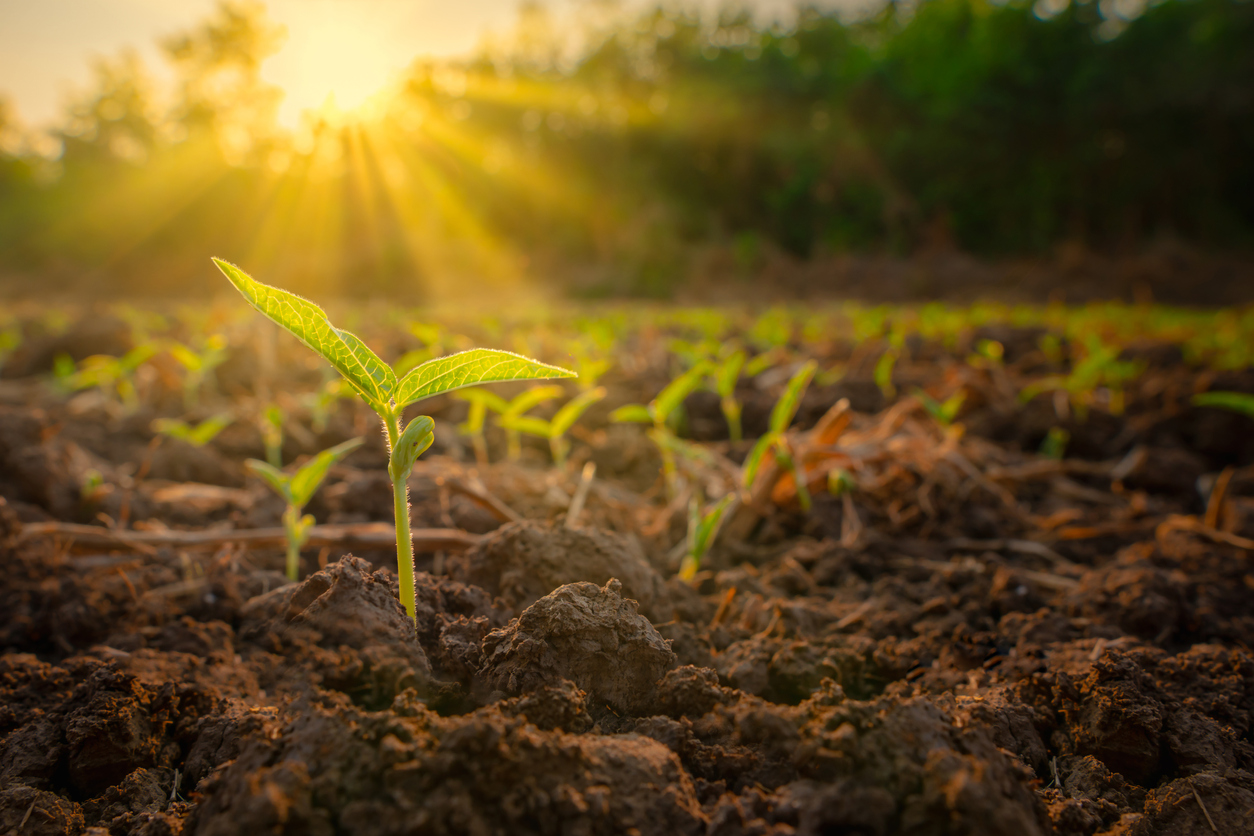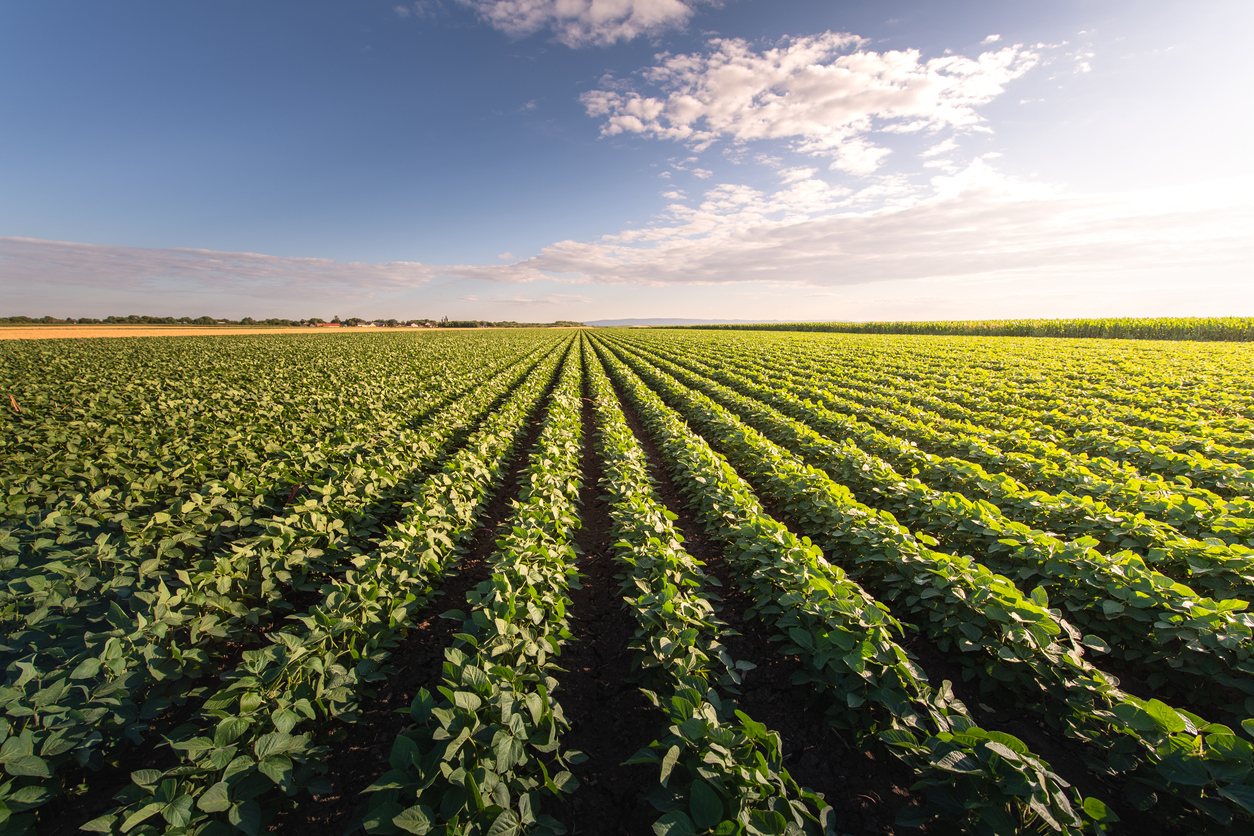Reading Weeds

Weeds often tell a story about how a farm is managed. Most weeds grow really well in soils low in calcium with low humus. Often potassium and/or magnesium levels are high, but not always. Many weeds act as collectors of minerals that are deficient in the soil. When weeds die, they often improve the mineral nutrition of the soil. If farmers can understand what the weeds are telling them, they can change their management to reduce weed populations. Two problem weeds are giant foxtail and Canada thistle. Both these weeds thrive in soils that are highly saturated, poorly drained, have low porosity, and have low humus. These soils have low oxygen levels and contain anaerobic bacteria which are generally harmful to crop health. Low calcium and phosphorus are common problems in these soils. For Canada thistle, copper is also often low. Thistle roots can grow 20 feet deep and are a perennial plant, so they are trying to add humus and get oxygen deep into the soil. Foxtail roots have shallow fi...


